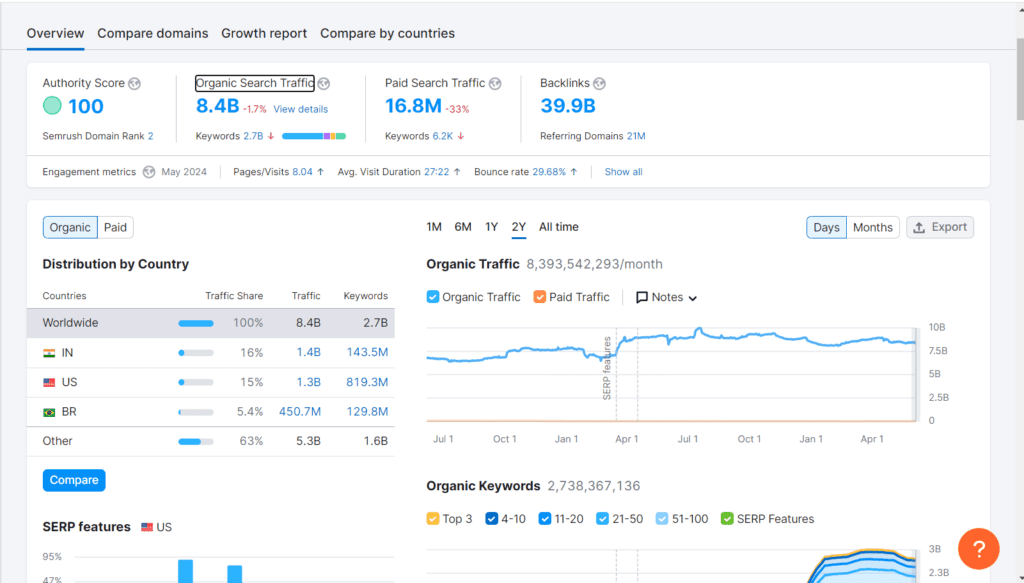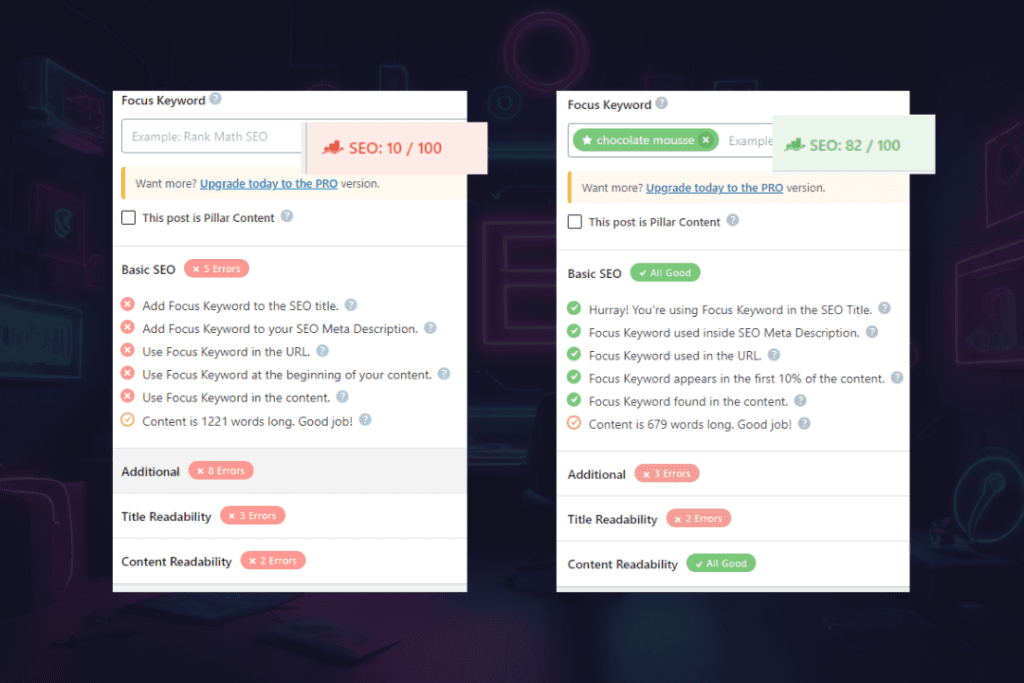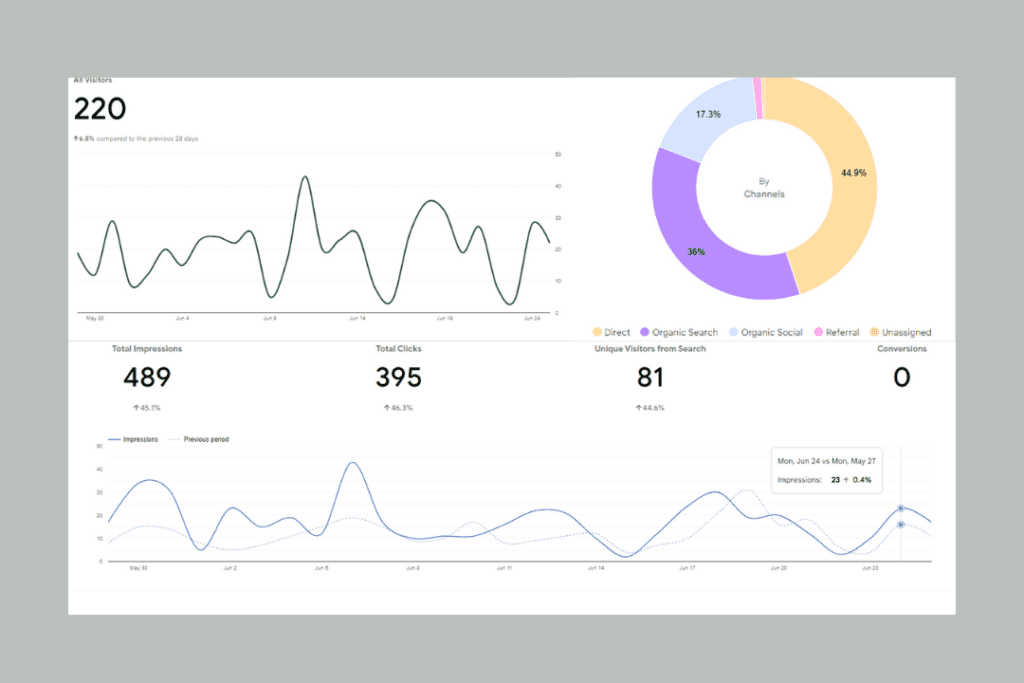How do we master ON-PAGE SEO?
In this article, we will learn how to master on-page SEO, the art and science of optimizing your website’s content to boost its visibility on search engines. In this article, we’ll embark on a journey to understand how to strategically structure and optimize your web pages to attract more organic traffic. Whether you’re a blogger, small business owner, or aspiring digital marketer, mastering on-page SEO will empower you to enhance your online presence effectively.
Understanding On-Page SEO Essentials
On-page SEO or Search Engine optimization, means the process of making proper changes to the web page to improve its position in the search engine results. It includes several method and approaches that are applied to the Web site or even to a single Web page.
Here are some key elements of on-page SEO:
1. Keyword Optimization: This involves finding the appropriate keywords to use and implementing them in strategic parts of the webpage, including the title tag, meta description, headers and sub headers, and through the content. For in-depth knowledge, read my article on keyword search and analysis here.
2. Content Quality: Good-quality material that is relevant and useful and meets the user search query is hence very important. The content should be good, interesting and search engine-friendly with respect to the selected keywords.
Some pointers to follow while creating high-quality, relevant, and valuable content for on-page SEO:
Relevance and User Intent
- Conduct keyword research to understand user queries.
- Align content with the intent behind user searches.
Well-Written and Engaging
- Use clear structure with headings and bullet points.
- Capture attention with compelling headlines and intros.

Screenshot of a webpage optimized for On-page SEO, highlighting effective use of title tags and meta descriptions
Keyword Optimization
- Integrate keywords naturally throughout content.
- Include keywords in title tags and meta descriptions.
Value to Audience
- Address audience needs and provide solutions.
- offer unique insights or original perspectives.
Regular Updates
- Keep content fresh and relevant with updates.
- Monitor performance metrics for continuous improvement.
Implementing these practices ensures your content not only ranks well in search engines but also engages and satisfies your audience effectively.
3. Meta Tags: These encompass the meta title and meta description, which feature directly on the SERP’s (search engine results page). It will be better to reflect the content of the page and contain corresponding keywords.
4. URL Structure: URLs should be concise and to the point, and mnemonics, where appropriate, should be incorporated while observing the following guidelines. Effective URL design also benefits in implementing descriptive and clean aesthetics that are friendly to users and enhances the working of search engines for site effectiveness.
5. Internal Linking: Connecting to other pages within the site also helps in sharing the link juice or equity and results in enhanced site navigation. It also assists the search engines to crawl and, therefore, find and index more pages on your site.
6. External Linking: Backlinking to web sites of other authorities that exercise in spheres connected with your context can be helpful in terms of boosting credibility. However, do not overlink; the links should be placed organically, and the links should be useful to the user.

difference between SEO-optimized content and content which has not been optimized
7. Image Optimization: The optimization of images includes the use of meaningful names that are given to the images and also the use of alt attributes to enable ease of understanding by the search engines for the content of the page.
8. Page Speed: The pages that are rapid to load are the easiest approach to impressing the customer and surviving the search engines’ scrutiny. The ways in which the speed of a page can be improved include reducing the size of images, enabling the use of cached browsers, and reducing the size of CSS and JavaScript.
9. Mobile Friendliness: With the growth of the mobile Internet, the website’s responsiveness is the key principle that has to be invariably taken into account to achieve both usability and ranking success.
10. User Experience (UX): Elements like the navigation bar, properly-written copy, and the call to action help a website provide a good user experience; this will have an indirect influence on SEO by decreasing bounce rates and increasing users’ time on the website.

Example of Performance page metrics for an SEO-Optimized Website
These on-page SEO factors increase the website’s probability of occupying a better position on SERPs and therefore drive more traffic through search engines such as Google, Bing, and others.
For more SEO related articles check my other article here






0 Comments